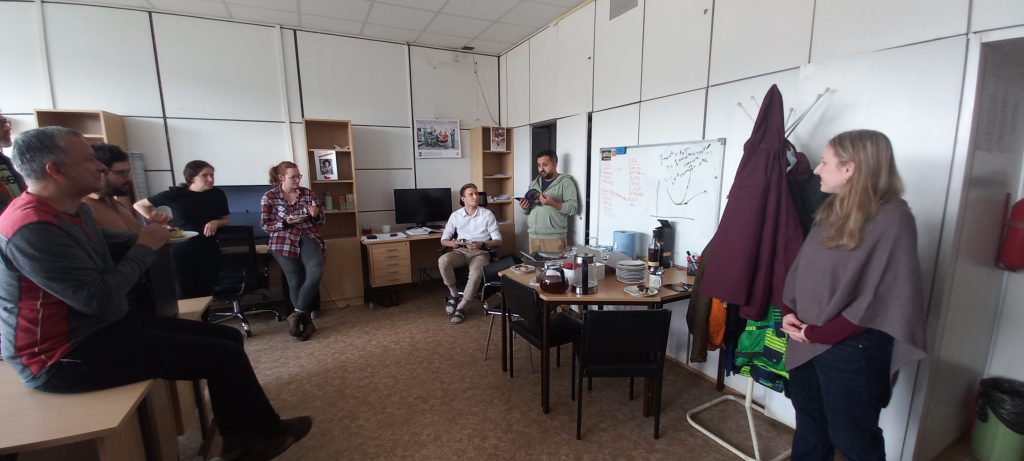Camille Landri is spending 6 weeks this summer attending the Kavli Summer Program on Astrophysics: The lives, deaths and afterlives of interacting stars. After the first week of lectures, she is busy working on numerical project on common envelope evolution.
Author: opejcha
Humboldt Fellowship
Congratulations to our former postdoc Diego Calderón who recently won Humboldt Fellowship to work at Max-Planck-Institut für Astrophysik in Garching on binary stars in the Galactic center.
Astrostatistics summer school and conference
Milan Pešta spent two weeks at Penn State attending 2023 Summer School on Astrostatistics and the followup conference on Statistical Challenges in Modern Astronomy, where he presented a poster.
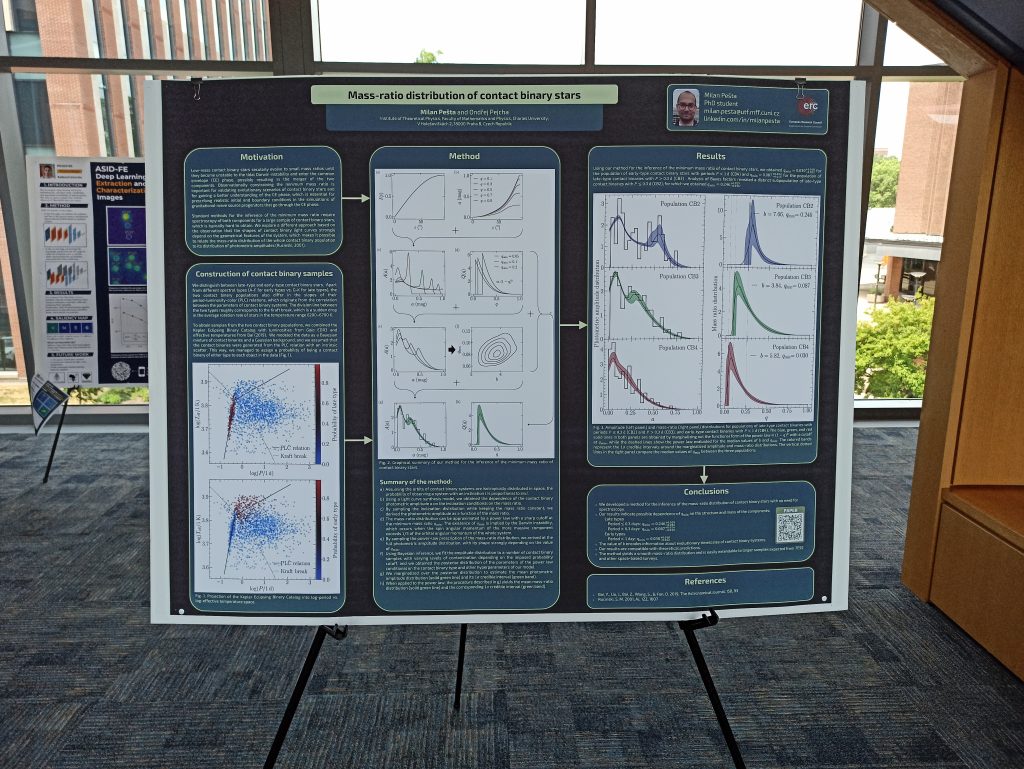
Visit at Hamburg Observatory
Anthony Kirilov spent entire May visiting the group of Prof. Rosswog at Hamburg Observatory, where he continued working on radiation hydrodynamics with our former postdoc Diego Calderón.

Athena++ workshop
Damien Gagnier flew across the pond to present talk at the Athena++ workshop at the Center for Computational Astrophysics in New York.
Jakub Cehula at Ohio State University
PhD student Jakub Cehula is spending 2 months at the Ohio State University to work with Prof. Todd Thompson on simulations of magnetar flares.

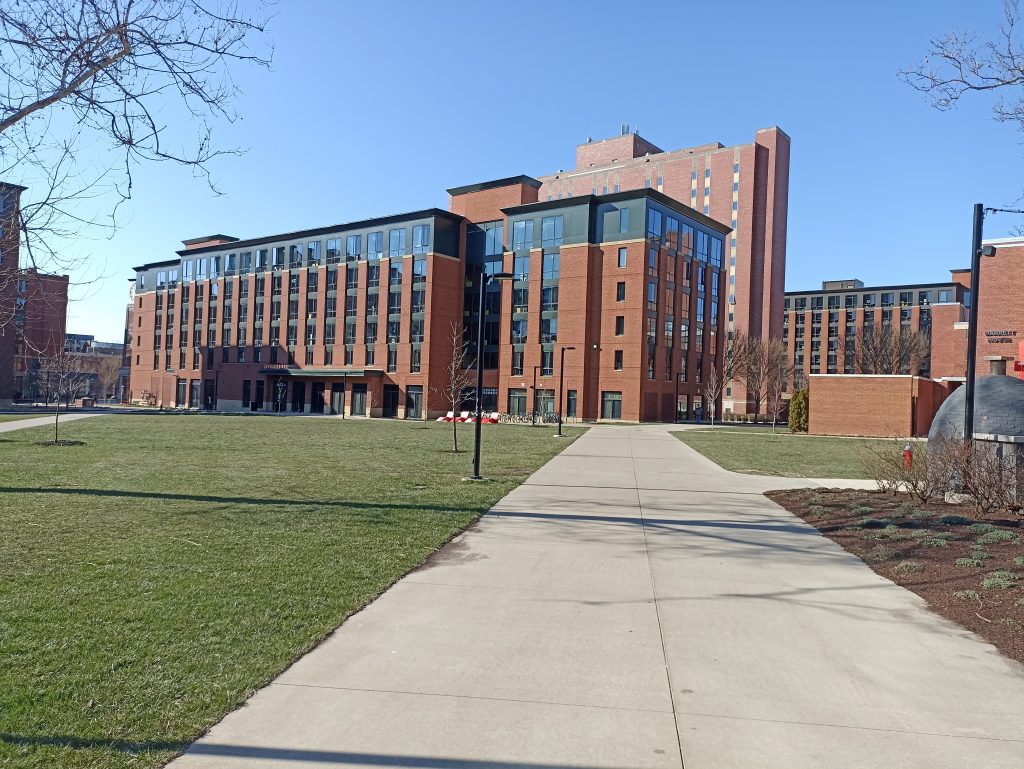
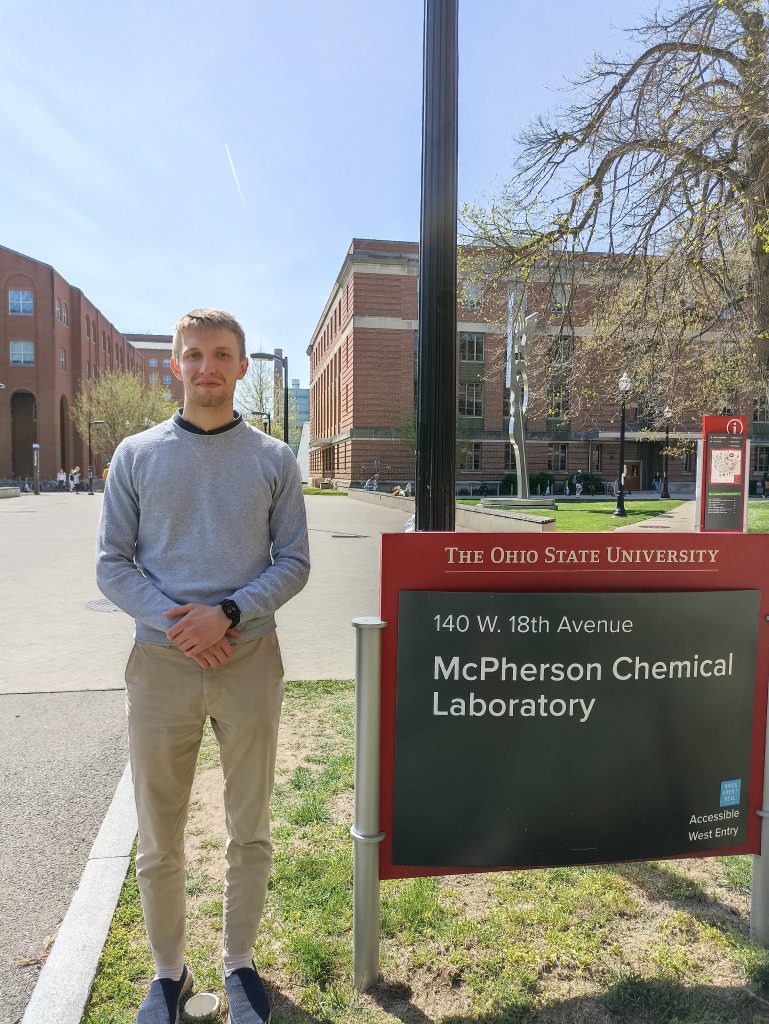
Seminar tour in the US
In late March, I toured couple institutions in the MidWest and East Coast USA. I started for a couple days at the Ohio State University, where Jakub Cehula is temporarily working on a side project. Then, I gave a seminar at Purdue, colloquium at Penn State, and presentation at Center for Computational Astrophysics. I finished the trip with a TDE workshop at Columbia.



A theory of mass transfer in binary stars
In his first astronomy paper, PhD student Jakub Cehula looks at how is mass transfer in binary stars calculated in 1D stellar evolution codes. These codes work and produce binary evolutionary tracks so why look at this?
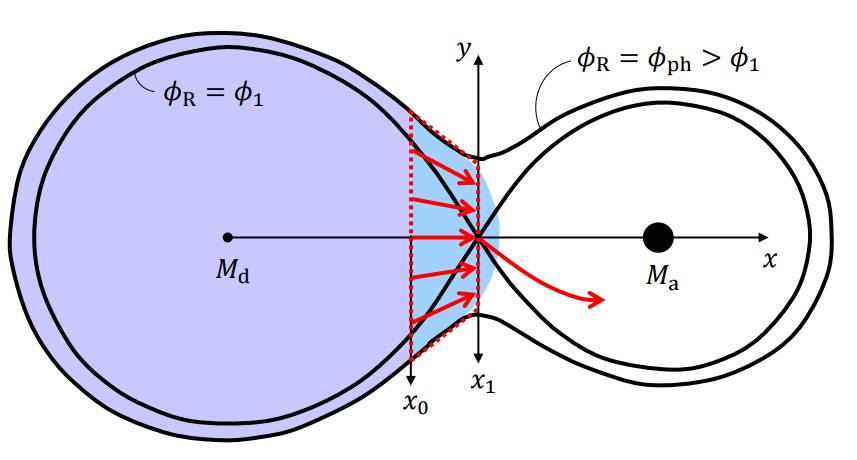
Master thesis defended
Congratulations to David Vokrouhlický who defended his Master thesis on Structure and evolution of stars deformed by a nearby companion with flying colors.
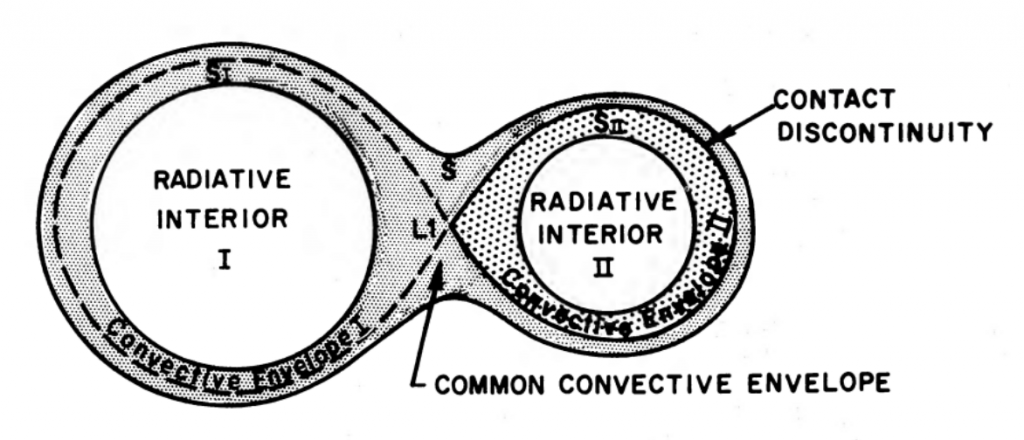
Departing postdoc
Diego Calderón is leaving us after a bit more than 3 years in Prague. Diego is moving to start his second postdoc in Hamburg in the group of Prof. Rosswog. We are sad to see him go, but wish him good luck!
